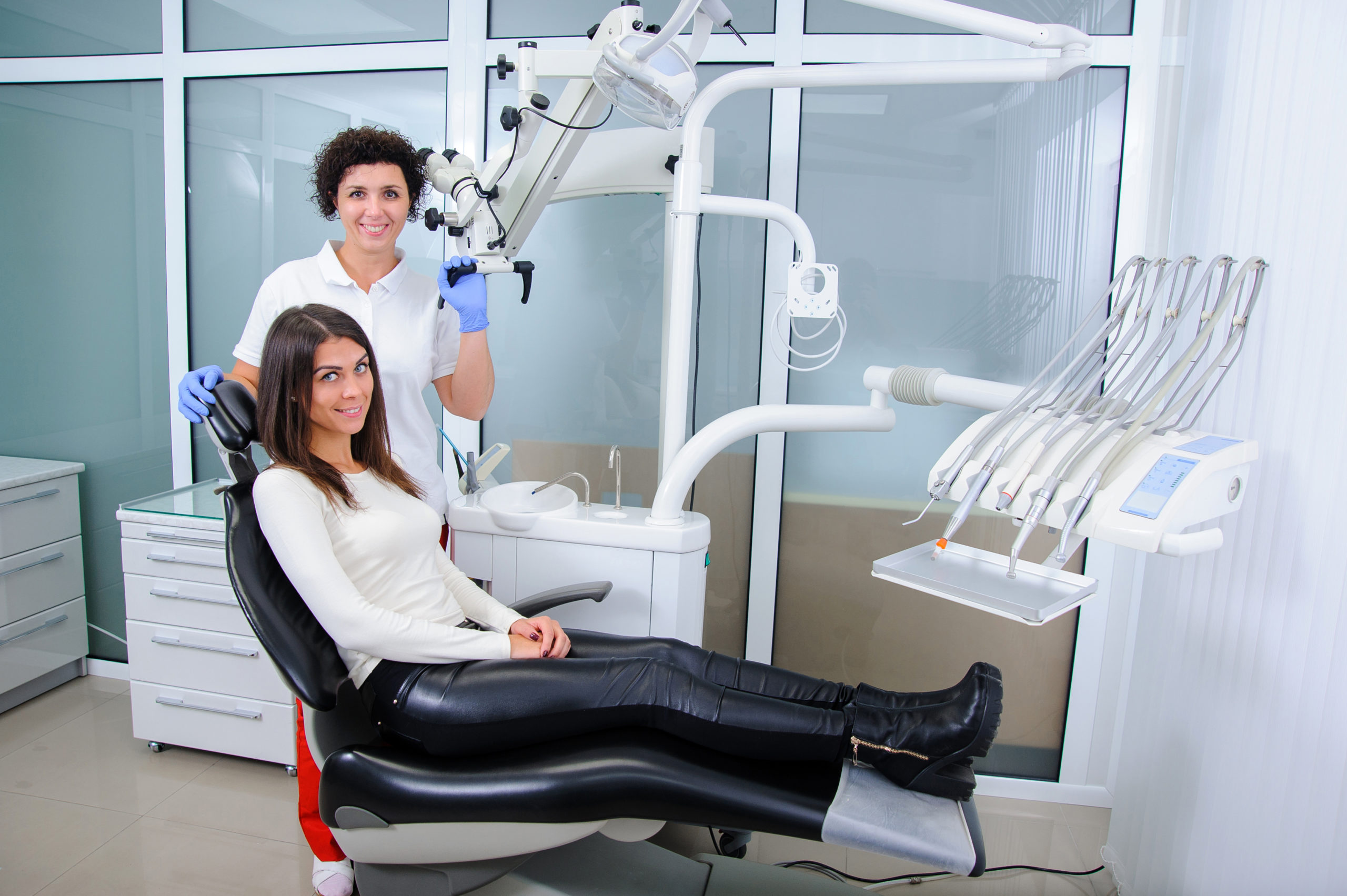
Wisdom teeth (back molars) emerge in the back corners of your mouth on the top and bottom. It usually grows between the ages of 17 and 21 years. Wisdom teeth sometimes do not get enough space to accommodate normally, thereby getting impacted by other teeth. It results in pain and causes other dental problems. Oral surgeons and dentists recommend wisdom teeth removal to prevent future dental problems due to this new family member. The surgery of wisdom teeth removal has become very common and it might take you up to a week to recover. But recovery takes longer if the wisdom teeth are impacted. Let’s know more about it.
Symptoms That You Need Wisdom Teeth Removal
Make an appointment with an oral surgeon if you notice any of the following symptoms –
- Bleeding gums
- Swollen or red gums
- Pain or swelling around the jaw
- Difficulty in opening mouth
- Damage to the nearby tooth
- Trapped food behind the wisdom tooth
- Cyst development around the wisdom tooth
How Is the Surgery Performed?
Dentists or oral surgeons take an X-Ray of your mouth before removing the wisdom teeth.
One of the three types of anesthesia will be performed by your oral surgeon or dentist, depending on your comfort level and complexity of the wisdom tooth.
- Local Anaesthesia – Near the site of each extraction, an injection of local anaesthesia is given to numb the mouth and the surrounding area so that you do not experience any pain.
- General Anaesthesia – It is needed in rare cases. The medication is inhaled through your nose and you lose consciousness.
- Sedation Anaesthesia – An injection is given into your arm to suppress your consciousness during the procedure and you do not experience any pain. Local anaesthesia is also given to numb your gums.

How to Speed up Healing After Wisdom Teeth Removal?
Blood clots are formed in the location the tooth was removed. Blood clots are crucial for the healing process as they protect the wound from infection, allow new tissues to grow and protect the exposed bone. Risk of infection will increase if the blood clot gets disrupted. Blood clots must not be removed in the first 24 hours. To speed up healing, dentists provide a set of instructions on:
1. Bleeding – Bleeding occurs on the first day after the wisdom teeth removal process. Avoid spitting so that your blood clot does not gets dislodged.
2. Food and Beverages – Prefer having soft food like cottage cheese, pudding and soup for the first few days after the surgery. Avoid eating chewy, hot or spicy food that might get stuck in the blood clot. Drink lots of water and avoid drinking hot drinks, alcohol, carbonated and caffeinated beverages. Try not to drink liquids with a straw for one week as your blood clot can get dislodged from the socket because of the sucking action.
3. Tobacco Use – Do not smoke or chew tobacco for a week after the surgery, as it may increase the risks of complications and the healing process can be delayed.
4. Cleaning Your Mouth – Do not use mouthwash, rinse your mouth or brush your teeth 24 hours after the surgery. Avoid brushing near the extraction site for a week.
5. Swelling and Bruising – While swelling usually takes two-three days to subside, bruising might take several days to resolve.
6. Activities – Normal activities can be resumed 24 hours after the surgery. However, avoid activities that require great efforts for a week, as it might shift the blood clot from the socket.
Wisdom teeth removal is a surgical process to prevent or fix problems with the last set of molars. It is important to follow the instructions given by your dentist to prevent infection and aid healing.












